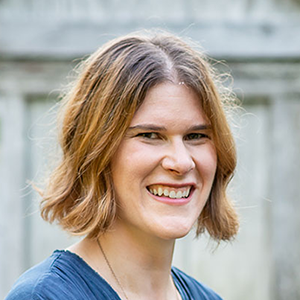ON-DEMAND WEBCAST
LEED and Life-Cycle Assessment in Buildings
For full access, sign up now for LEEDuser Premium
Firm or campus members – click here »Already a premium member? Log in now
Hot spots: they might sound like fun places to hang out and have a drink—but in green building, they’re actually a bad thing. Something you track down so you can get rid of it. Kind of like being an environmentalist bounty hunter.
Life-cycle assessment (LCA) is a way of understanding the environmental impacts of something, starting with raw material extraction and ending at a landfill or recycling plant. You can use LCA to identify the hot spots—that is, the worst impacts of the thing you’re analyzing—so you can reduce or eliminate them.
LEED likes this approach so much that it encourages LCA in two different ways. Want to earn those seven tantalizing points?
If so, get the full download on LCA and LEED from one of the people responsible for making the rating systems the way they are today.
Join LEEDuser Expert Sarah Buffaloe of WSP Built Ecology as she walks you through the ins and outs of LCA and how it’s applied to building products and whole buildings, including:
-
How things have changed between LEED v4 and v4.1
-
How to use LCA to reduce a building’s carbon footprint
-
How environmental product declarations are created and where to find them
-
How to comply with LCA-related regulations
Formerly a LEED specialist at USGBC, Sarah helped craft the Materials & Resources credits for v4 and has been an LCA practitioner herself for more than 12 years.
Learning objectives
-
Understand life-cycle assessment (LCA) terms and definitions, including those used in LEED v4 and v4.1 BD+C credits covering life-cycle impact reduction and environmental product declarations, as well as how LCA can lead to better environmental outcomes.
-
Define whole-building LCA and understand how it is applied in LEED v4 and v4.1 BD+C rating systems.
-
List voluntary and regulatory drivers of LCA, including LEED v4 and v4.1 BD+C rating systems, and understand how these drivers can push the market toward better environmental performance.
-
Understand how LCA is used in environmental product declarations to characterize the environmental impacts of building materials, and how LEED v4 and v4.1 BD+C rating systems incentivize improved environmental performance.

Sarah Buffaloe
Sarah Buffaloe (she/her) AIA, LEED BD+C Bachelors of Architecture from Syracuse University and Masters of Science in Sustainable Design from Catholic University. Sarah is an Architect working as part of the Built Ecology team at WSP. She is the technical lead for embodied carbon in buildings as well as a project lead developing sustainable strategies for certification on a wide range of project types. Her expertise is in LEED and WELL rating systems. Sarah joined WSP in 2014 and is based in Washington, DC, prior to moving to WSP Sarah worked at the U.S. Green Building Council as part of the LEED Technical Development team spending the majority of her tenure working on LEED v4 development as the Materials and Resources Subject Matter Expert.
